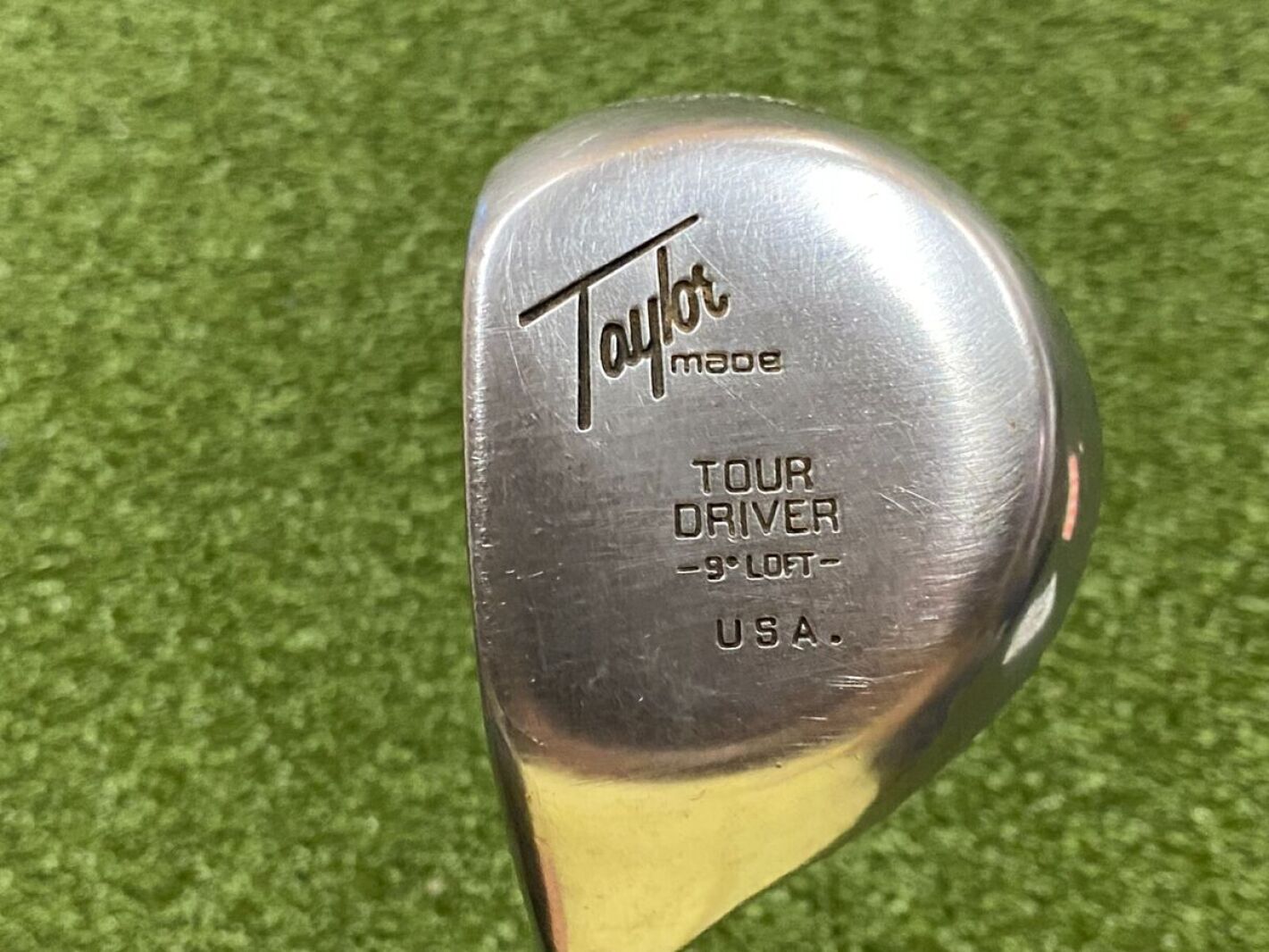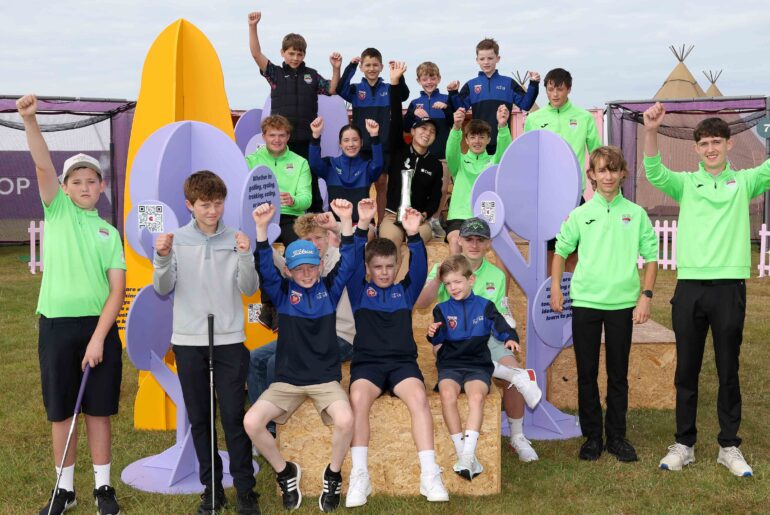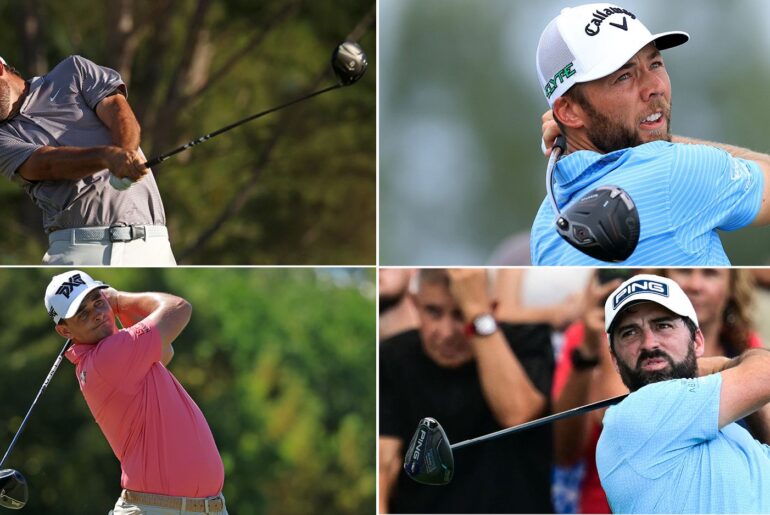FARGO — It was the spring of 1988 when a high school teammate of mine pulled a metal club from his golf bag.
“You’ll never hit that straight,” was my reaction at the time.
It had a stupid sound, but he hit it straight. Repeatedly.
The Sports Time Machine sought to find out the first state high school winners in the Dakotas and Minnesota who won a state championship for the first time using a metal driver, a quest that brought back plenty of memories for those players.
While the STM did not exactly find out who — though we got close — by contacting a mix of players. Some were early adopters of metals while others didn’t convert for a few years.

The June 2, 1988 edition of The Forum with Matt Mayer’s individual North Dakota Class A championship coverage.
Newspapers.com
Matt Mayer of Fargo Shanley, winner of the 1988 North Dakota Class A tournament in a playoff, was one of those early adopters, using metals as long as he can remember.
On the Minnesota side, Jeff Nielsen of Grand Rapids won the state 1988 Class AA tournament as a sophomore, but said he can’t exactly remember what was in his bag, but believes he was still playing woods.
“Right when the metals came out, the head was no bigger than the wood,” said Nielsen, who went to play in the NHL. “You didn’t have the bigger sweet spot.”
As for the girls, 1986 and 1988 winner Krista Reuterfelt of Coon Rapids won with a wood, converting to a metal when she was a freshman at the University of Minnesota.
“You needed to hit it in the sweet spot,” she said of woods. “Now you can rip at it without the huge penalty of hitting on the toe!”

This is the 3-wood Rob Beer played with in the late 1980s. A matching driver and 5-wood were part of the set built by custom clubmaker Rod Anderson.
Rob Beer / Forum News Service
Three-time (86-88) Class A winner Liza LaBelle of Breck believes she used a wood driver until she got her hands on a Callaway Big Bertha in the early 1990s. Laura Bleyhl of Elk River won the Class AA meet in 1989, but she couldn’t recall what was in her bag at the time.
In North Dakota, then-junior Sara Evens of Grafton played a TaylorMade metal when she repeated as the girls Class A champion in 1987. It was an interesting season for Evens, who
won an appeal after the North Dakota High School Activities Association
suspended her because she had played in a national golf tournament after the fall high school season began.
Sheila Mikkelson of Grand Forks Red River played a 5-metal during her victory in 1988.
The first metal drivers, made by TaylorMade, were introduced in 1979. Ron Streck was the first PGA Tour winner to win with a metal when he captured the 1981 Houston Open.
Early metals were about the same size of their predecessors, gaining clubface size with late-90s models such as the Biggest Big Bertha at 290cc. Today, models such as the new TaylorMade Qi35 driver, have the maximum 460cc faces allowed by the United States Golf Association.
As one of my friends once said, a coffee can on a stick.
And today, players are hitting it longer than they ever imagined. The balls too have vastly improved from the balatas and wound balls of ’80s.
Russ Nelson, the longtime Village Green Golf Course head professional in Moorhead, thought metals would be a fad because those early clubs didn’t always hold up to higher swing speeds.
“The problem was, the faces broke. The better players were a little reluctant,” Nelson said.
Nelson’s first metal was a Lynx Black Cat driver, similar to the one Fred Couples was playing on tour. Later, longtime instructor Dale Helm let Nelson swing his Biggest Big Bertha on Village’s 430-yard opening hole. Nelson cut the dogleg and drove the green. Impressed, nonetheless.
“I thought it was a fad in the late 70s when they were smashing the faces in, but once the faces didn’t cave in, I didn’t think it was a fad,” he said.
It’s golf and anything a player can do to improve is on the table.
For South Dakota girls, Kim Steffensen of Hamlin believes she had a metal by the time she completed her three straight state Class B tournament victories from 1986-88. For the record, she nearly had a fourth victory when she was tied for the lead going into the final hole.
“You know, when you’re kids, you’re willing to try anything,” said Steffensen, who coached golf at Oral Roberts and Middle Tennessee State before moving back to her home state, about her high school switch. “I really didn’t have any reservations. It was lighter and didn’t have that tinny sound.”
Marvin Bohnet, who coached at Hamlin from 1986-2006, coached Steffensen along with another three-peater who followed in Darla Christopherson.
“We really didn’t talk about clubs, it was just whatever the kids hit the best,” Bohnet told the Sports Time Machine.
Darin McAreavey of Elk Point won the South Dakota Class B tournament twice. His second victory in 1986 came using a custom metal club built by his club-making neighbor.
In 1987, Steve Bull of Clear Lake won with a persimmon driver. That same year, Brian Kortan of Yankton, now the head coach at Texas A&M, won the Class A tournament with a TaylorMade metal.

This is a 3-metal Judy Bornholdt used when Princeton won the 1989 Minnesota Class AA team title.
Contributed / Judy Bornholdt
Judy Bornholdt of Princeton, Minnesota, used local clubmaker Rod Anderson to put a fairway metal in her bag when the Tigers won the 1989 Class AA team title.
The 1982 and 1983 South Dakota Class A winner Kris Tschetter of Sioux Falls Washington told the Sports Time Machine she didn’t play her first metal until she was on the LPGA Tour in 1988.
Pam Breit of Sioux Falls Washington had metals when she won the Class A tournament in ‘88.
“I had metal woods at the time with graphite shafts,” Breit said. “I can’t think of anybody who didn’t at that time who played a lot of golf.”
But access to retail clubs, especially in more rural communities, posed a challenge at the time.
“Austads, I’d go there as a kid, and that’s a 100-mile drive to Sioux Falls,” Steffensen said. “That was just like a warehouse building, it wasn’t like it is today.”








